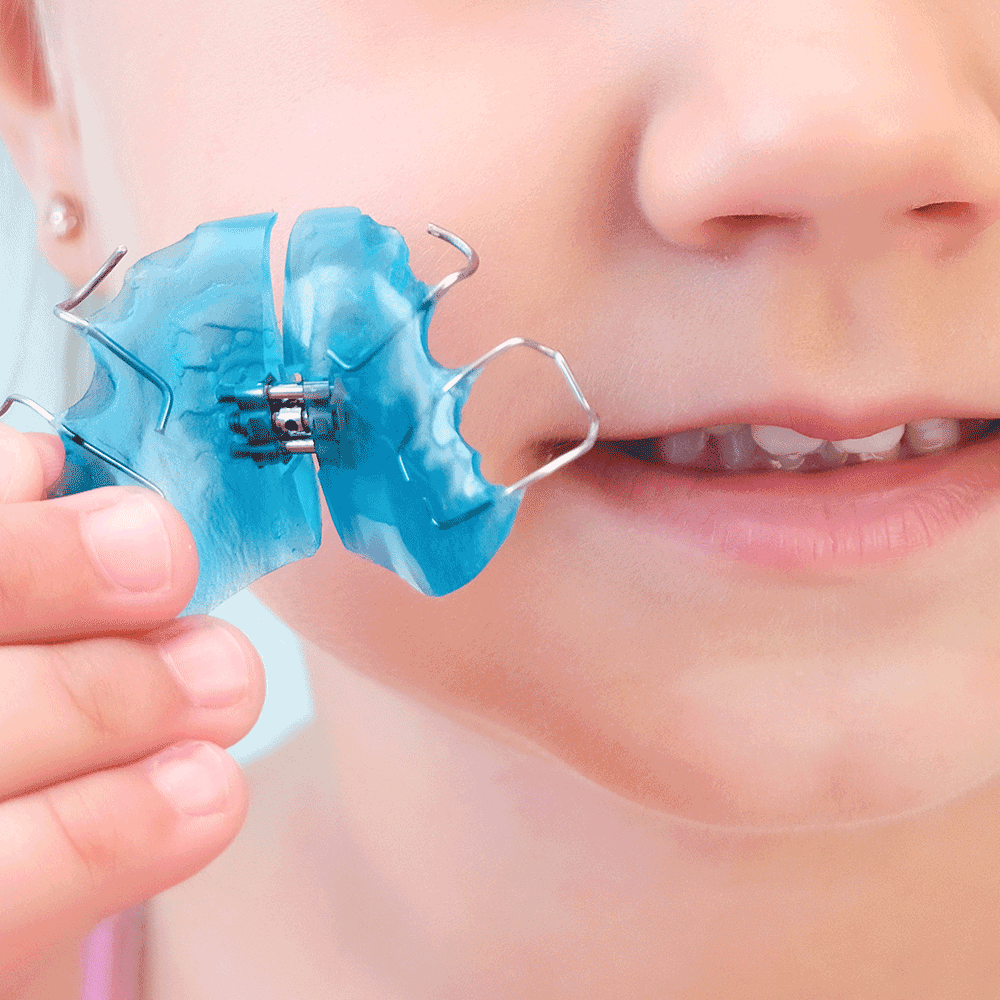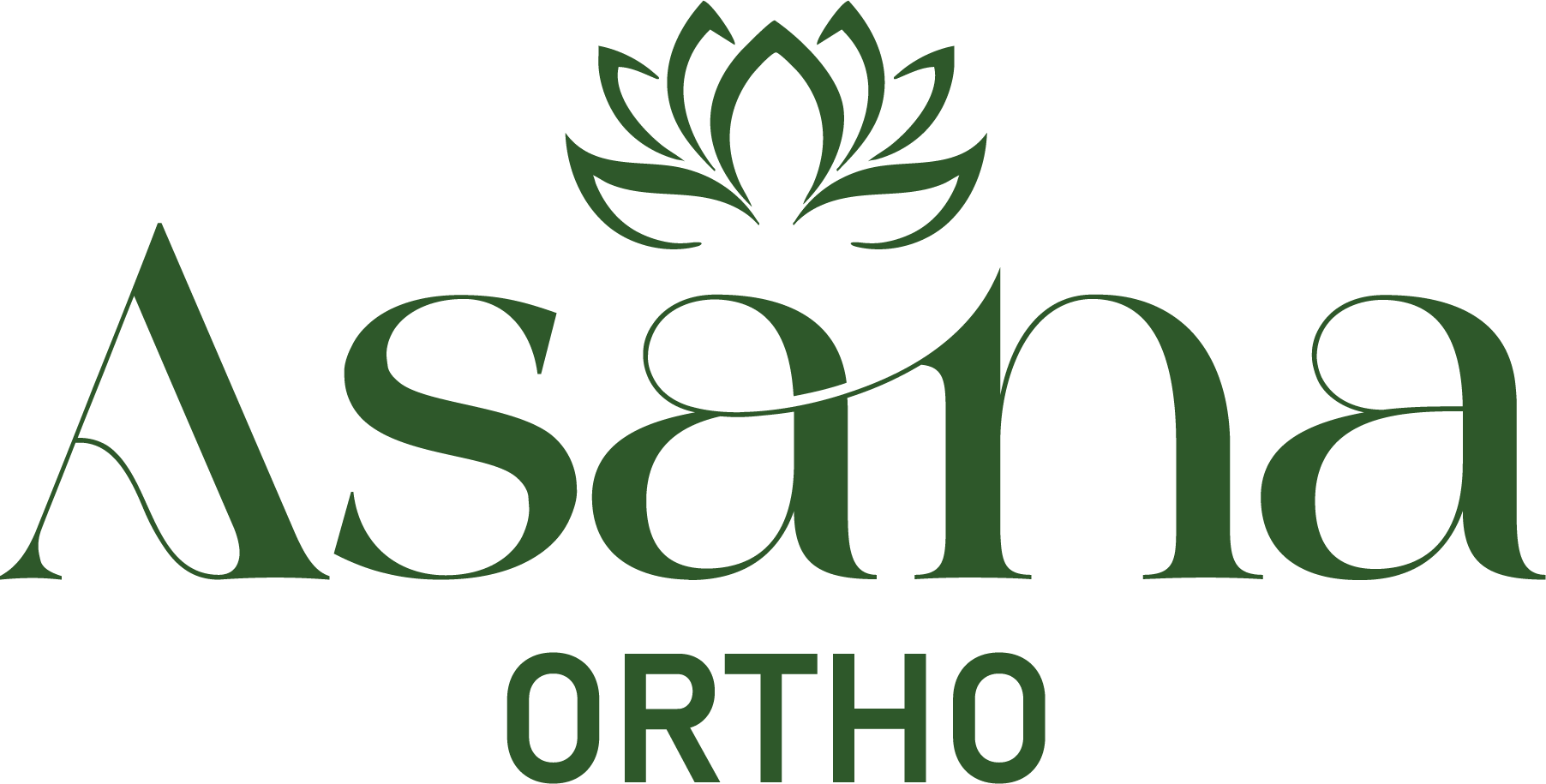
Finishing braces or Invisalign treatment is a major milestone. After months or years of commitment, seeing a beautifully aligned smile is exciting. But orthodontic care doesn’t end when the braces come off or the last aligner is worn.
The next phase—retention—is just as important as active treatment. Retainers play a vital role in preserving results, ensuring that your smile stays straight and healthy for years to come.
Retainers are custom-made devices designed to hold teeth in their new positions after orthodontic treatment. Without them, teeth may begin to shift back toward their original places—a process called relapse.
By keeping teeth stable while surrounding bone and tissues adapt, retainers protect the time, effort, and investment put into orthodontic care.
Even after teeth are aligned, natural forces can influence their position:
Retainers counteract these forces, helping maintain alignment long-term.
There are two main categories of retainers, each with unique advantages:
Benefits — Easy to remove for eating and cleaning, allows flexibility if needed
Benefits — Always in place, excellent for preventing shifting in the most relapse-prone teeth
Orthodontists often recommend a combination, such as a fixed retainer on the lower teeth and a removable one for the upper.
Retention is a lifelong commitment, though the schedule becomes easier over time.
Consistency is key. Just like orthodontic treatment requires dedication, retention is an ongoing part of maintaining a healthy smile.
Proper care keeps retainers clean, effective, and long-lasting:
Good care protects not only the retainer itself, but also your teeth and gums.
Do retainers hurt?
No. Retainers may feel snug at first, especially if not worn consistently, but they should not cause pain.
What if I forget to wear my retainer?
Wearing it again may feel tight, a sign that teeth are beginning to shift. Consistency helps avoid this.
How long does a retainer last?
With proper care, removable retainers can last several years, while fixed retainers may last a decade or more.
Can I eat with my retainer?
Removable retainers should be taken out when eating. Fixed retainers stay in place during meals, but require careful cleaning.
Skipping retainers puts your smile at risk. Relapse can undo months or years of progress, sometimes requiring retreatment. By wearing retainers as instructed, patients can:
Retention is the final, ongoing phase of orthodontic treatment—and it’s what makes results last.
Orthodontic treatment doesn’t stop when braces or Invisalign end. Retainers are the key to preserving results, preventing relapse, and ensuring your smile remains straight and healthy.
With proper wear and care, retainers protect your investment and allow you to enjoy the benefits of orthodontics for a lifetime.
At Asana Orthodontics in Albany, CA, retention is considered just as important as active treatment. Dr. Nourah Abdul Kader and Dr. Laurie Estes provide clear guidance and support for patients using retainers, ensuring smiles remain aligned for years to come.
Schedule a consultation today to learn more about orthodontic care, retainers, and keeping your smile confident for life.

Braces vs. Invisalign in Albany, CA — Which is Right for You? Home Blog When it comes to achieving a straighter smile, patients today have more options than…
Braces vs. Invisalign in Albany, CA — Which is Right for You?…
The Benefits of Early Orthodontic Treatment for Kids Home Blog When most…
Yoga and Orthodontics — How Mindfulness Supports a Healthy Smile Home Blog…
How to Know If Your Teen Needs Braces or Invisalign Home Blog…
Palatal Expanders Explained — What Albany Parents Should Know Home Blog When…
Invisalign for Adults — Why It’s Never Too Late for a Confident…
